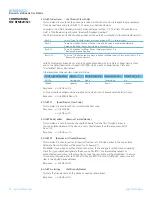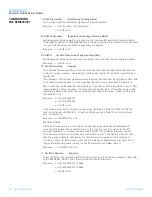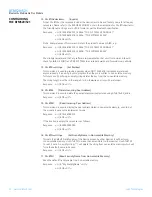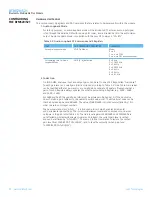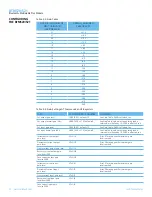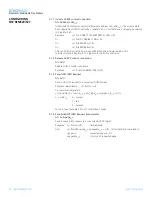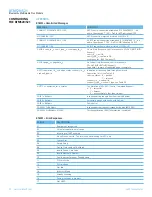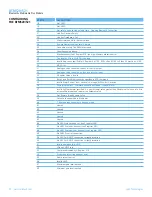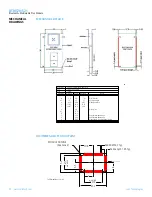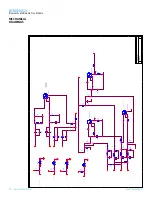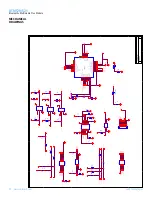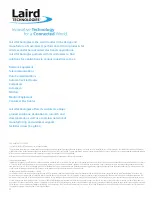
39
www.lairdtech.com
Laird Technologies
BTM520/521
Bluetooth
®
Multimedia Plus Module
CONFIGURING
THE BTM520/521
SECURE SIMPLE PAIRING (SSP)
Secure Simple Pairing is supported on the BT-MM+ module. A set of S Registers provides configuration capabili
-
ties for SPP:
• Security Level – S320
• IO-Capability – S321
• Force man-in-the-middle-protection (MITM) – S322
• Disable legacy pairing – S323
For details see Table 3 1.
LINK KEY MANAGEMENT
On BT-MM+ link keys are managed by the AT firmware.
1. Dedicated Bonding
In BT2.1 specification, “dedicated bonding” is defined as the exchange of link keys between two
devices without the intention of establishing a connection immediately.
Dedicated bonding is initiated by “AT+BTW<BdAddr>” (initiation of pairing).
2. General Bonding
In BT2.1 specification, “general bonding” is defined as the exchange of link keys between two
devices with the intention of establishing a connection immediately. This is the case if a device wants
to connection to another device without existing link key. Hence, pairing (authentication and exchange
of link keys) is initiated automatically prior to the connection.
General bonding is initiated by “ATD<BdAddr>”, “AT+APD<BdAddr>”, “AT+AVD<BdAddr>” if
there are no link keys for the peer device existing.
3. Legacy Issues (BT2.0)
There are some special cases if a legacy device (BT2.0 or earlier, e.g.BISM2) requests a connection
to a BT-MM+ (BT2.1) module.
General bonding does not work if initiated by the legacy device. Instead, the legacy device must
initiate dedicated bonding first (for example on BISM2 the command “AT+BTW<BdAddr>” would
be used). After successful pairing, the connection can be initiated by the legacy device (for example
on BISM2 the “ATD<BdAddr>” command would be used).

